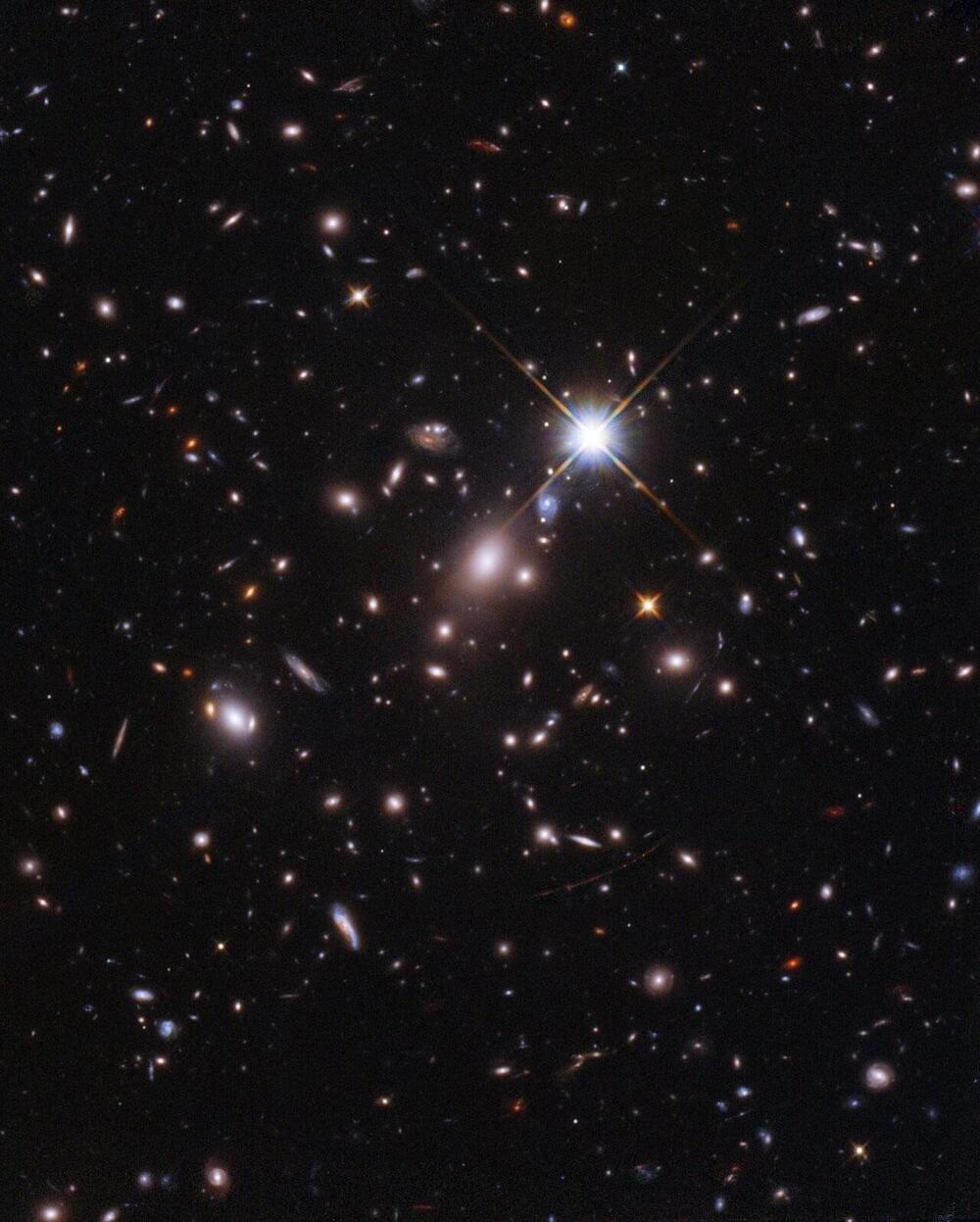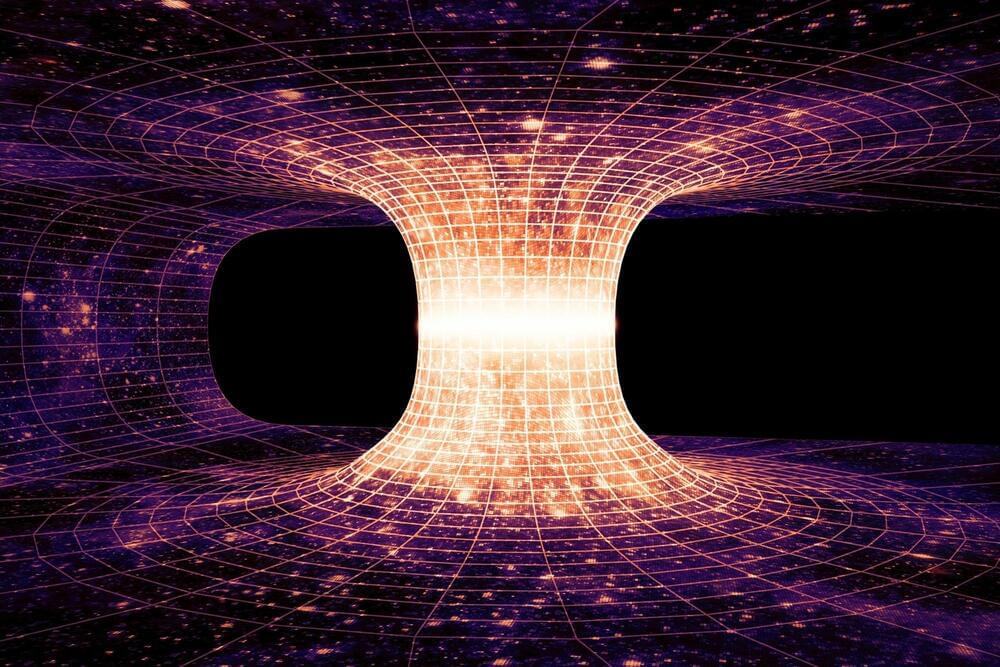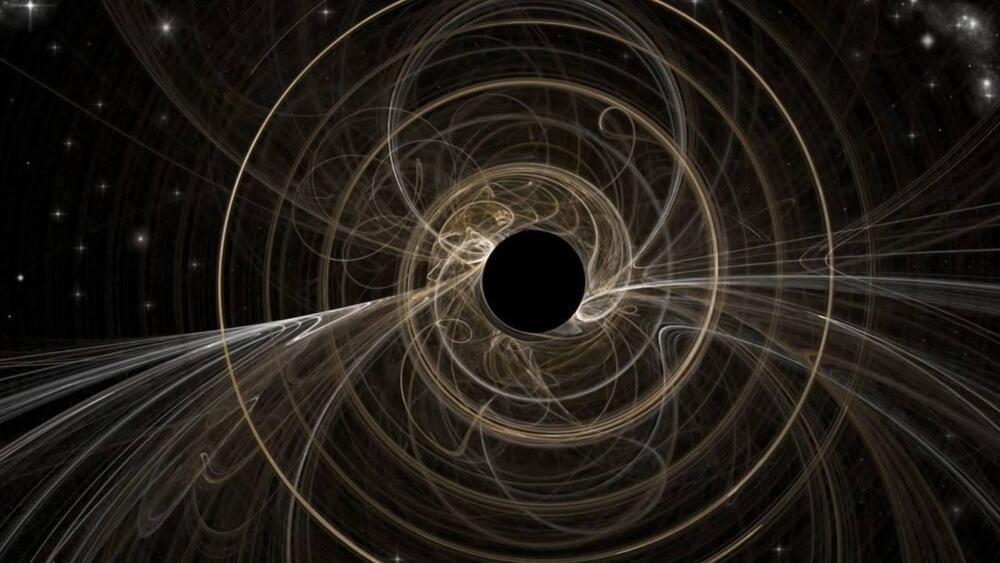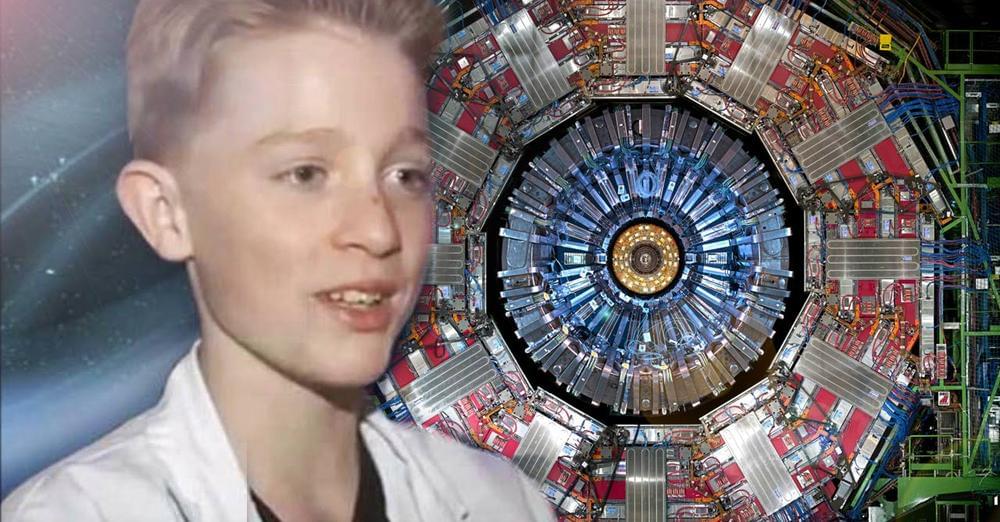This image from the NASA/ESA Hubble Space Telescope reveals tendrils of dark dust threading across the heart of the spiral galaxy NGC 7172. The galaxy lies approximately 110 million light-years from Earth in the constellation Piscis Austrinus. The lane of dust threading its way across NGC 7,172 is obscuring the luminous heart of the galaxy, making NGC 7,172 appear to be nothing more than a normal spiral galaxy viewed from the side.
When astronomers inspected NGC 7,172 across the electromagnetic spectrum they quickly discovered that there was more to it than meets the eye: NGC 7,172 is a Seyfert galaxy—a type of galaxy with an intensely luminous active galactic nucleus powered by matter accreting onto a supermassive black hole.
This image combines data from two sets of Hubble observations, both proposed to study nearby active galactic nuclei. The image also combines data from two instruments—Hubble’s Advanced Camera for Surveys and Wide Field Camera 3.







